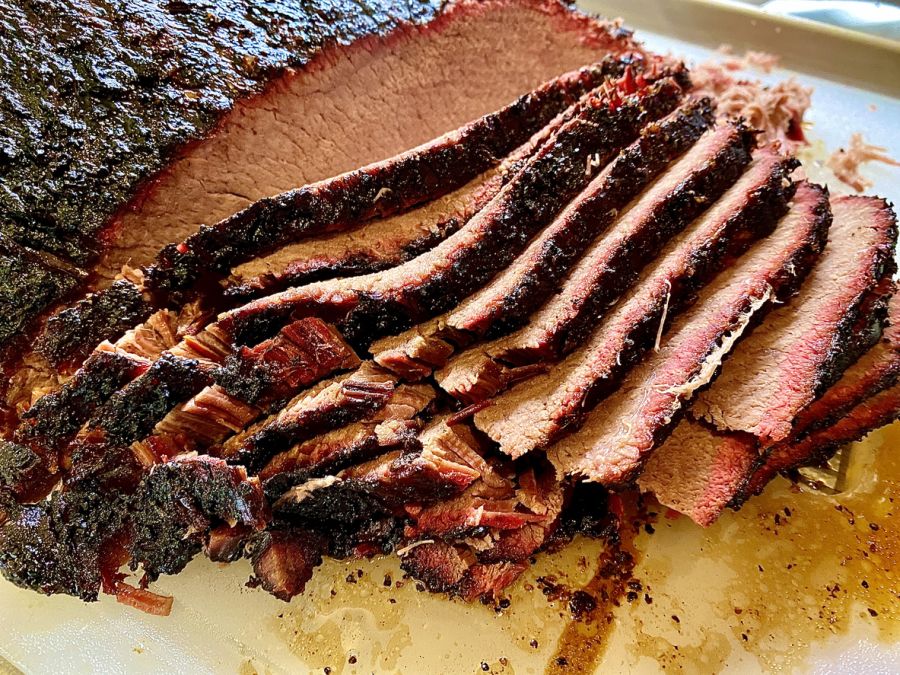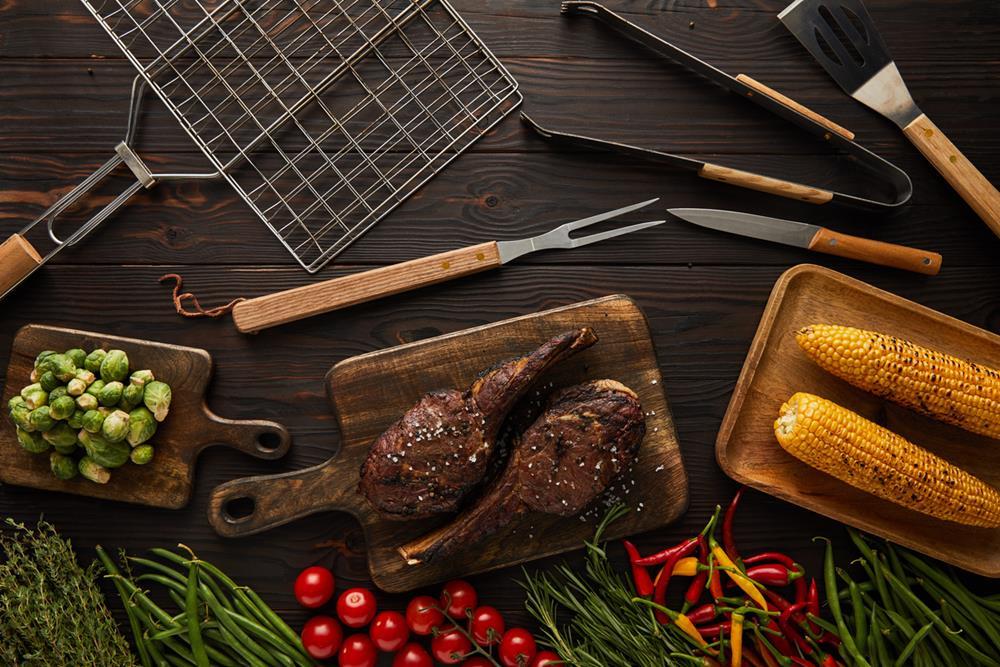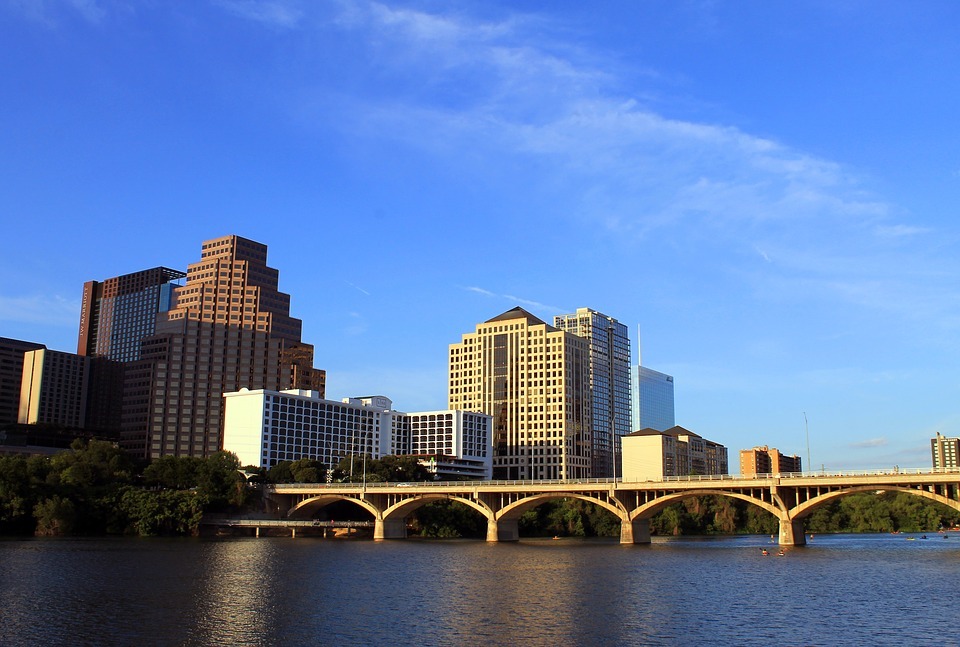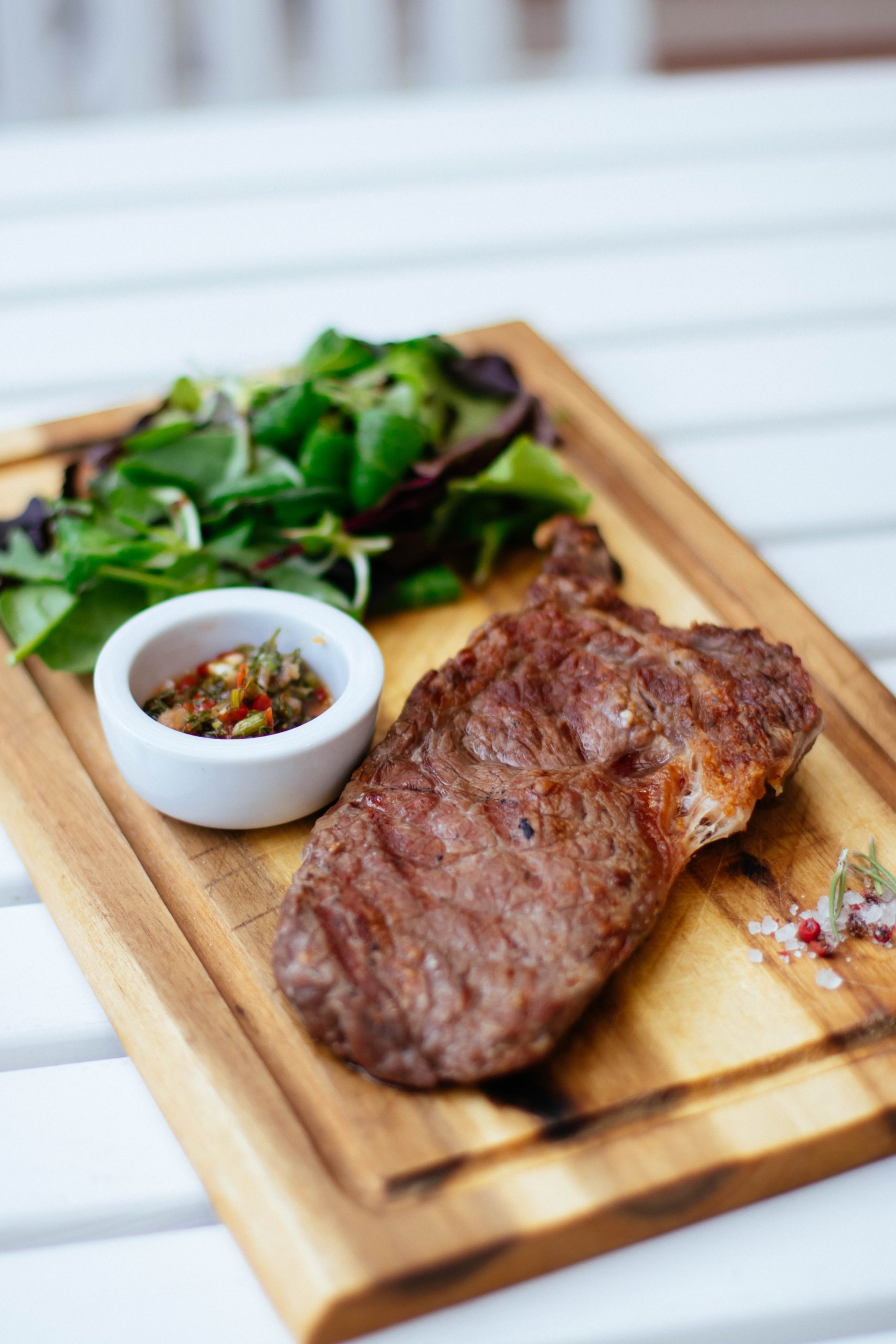Campfire Brisket Techniques for Outdoor Texas Cooking
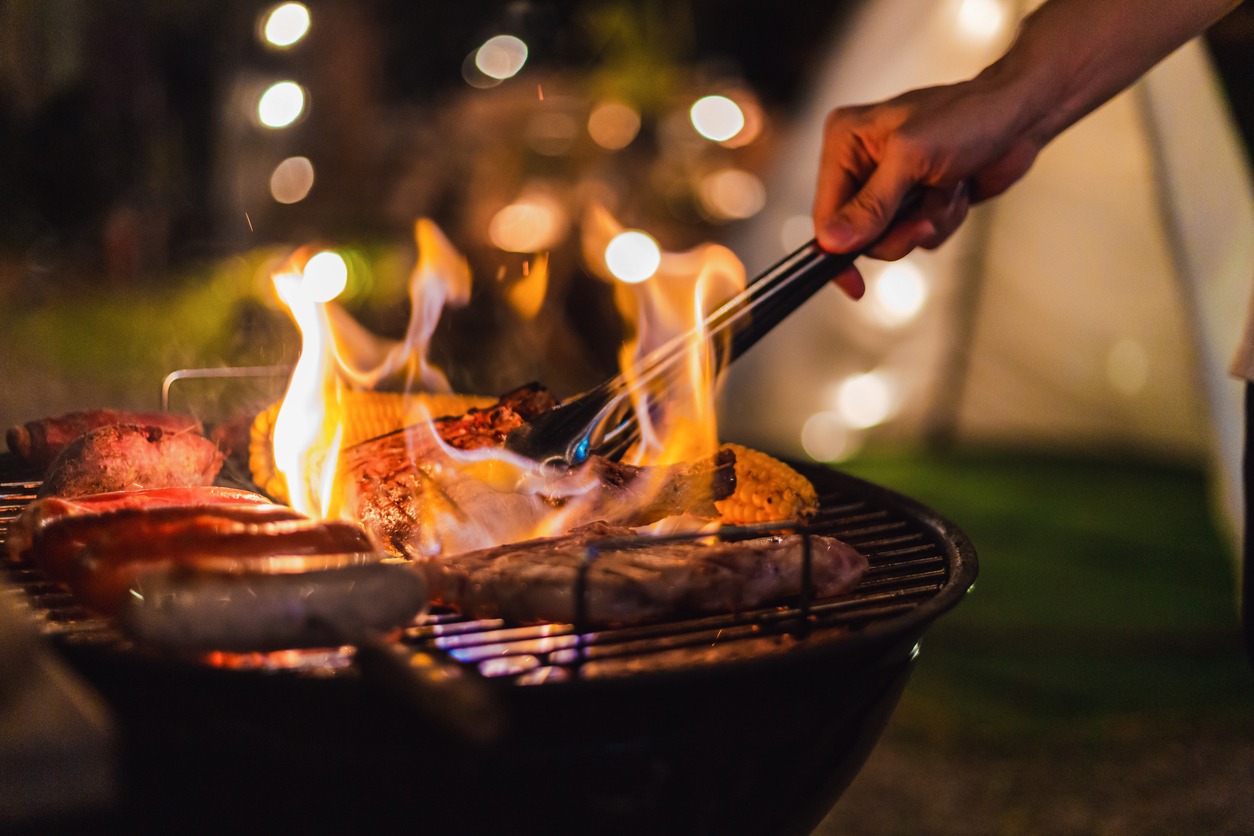
You've mastered backyard smoking, but cooking brisket over a real campfire takes your Texas BBQ skills to another level. The dance between open flame, hardwood coals, and that stubborn cut of beef creates flavors you simply can't replicate in a standard smoker.
With the right fire setup, temperature control techniques, and wilderness adaptations, you'll transform a primitive cooking method into something extraordinary. Ready to discover why cowboys perfected this technique long before fancy smokers existed?
Setting Up Your Campfire Cooking Zone
How you arrange your campfire can make the difference between a tough, burnt brisket and a smoky, tender masterpiece. Instead of building your fire in the center, position it on one side of a long, narrow trench (about 12" × 36" × 12"). This layout creates essential heat zones while controlling airflow, especially in windy conditions.
Line your trench with dry, dense stones (avoid wet/porous river rock) to stabilize cooking vessels and reflect heat. Establish three distinct zones: a live fire area that generates embers, a central cooking section for your brisket, and a gentler warming zone.
For best results, use post oak or mesquite which provide classic Texas flavor and long-lasting coals. Regularly rake hot coals from the main fire to maintain consistent temperatures across these zones. This strategic arrangement helps avoid flare-ups that could ruin your meat, allowing you to move food between zones as needed.
For a simple place to try campfire cooking over legal rings, see Lake Tawakoni State Park’s camping areas.
Preparing and Seasoning Brisket for Open Flame
View this post on Instagram
Mastery of brisket preparation begins long before the meat meets fire. After careful meat selection, trim the brisket properly—remove silver skin and excess fat pockets while maintaining a ¼-inch fat cap for moisture. Square off edges for even cooking and mark grain direction for proper slicing later.
For authentic Texas flavor profiles, apply a generous SPG rub (salt, pepper, garlic) at about 1–1.5 tablespoons per pound (many pitmasters use just salt and coarse black pepper). Press the seasonings firmly into all surfaces for ideal adherence. Consider adding smoked paprika or cayenne for heat complexity without sugar, which can scorch over open flame. A binder isn’t required for Texas brisket—apply the rub directly to the meat.
For enhanced results, dry brine overnight in a refrigerator or ice-packed cooler kept at ≤40°F. When ready for the campfire, position fat-side down first to shield the meat from direct heat while rendering that flavorful fat.
Managing Fire Temperature in Outdoor Conditions
With your brisket properly prepared and seasoned, the focus shifts to the heart of campfire cooking: fire management. Aim to maintain 225–275°F to properly render fats and break down collagen in your Texas-style brisket.
Set up a windbreak or adjust the cooking height to minimize gust-driven spikes. Add small wood splits or charcoal every 20–40 minutes as needed, building a steady coal bed that radiates consistent heat. A coal basket or grate helps control burn rate and ash management for steadier temps.
Monitor multiple temperature zones with reliable thermometers, ensuring proper calibration before your cook begins. Regulate heat by moving the brisket between zones and managing fuel and airflow around the coals; remember that outdoor conditions like time of day and ambient temperature will require vigilant attention to maintain your target range.
Wrapping and Resting Techniques in the Wilderness
Once your brisket reaches an internal temperature of 165–170°F, you'll need to decide on wrapping. In the wilderness, your options include aluminum foil for maximum moisture retention or butcher paper to preserve bark texture while allowing some breathability. The foil boat method promotes rendering while maintaining bark structure. Consider the environmental impact of wrapping materials—butcher paper biodegrades faster, while foil can be reused multiple times.
When packing, roll butcher paper in waterproof tubes and store foil flat to prevent tearing.
After wrapping, let your brisket rest at least one hour in a cooler or sheltered area. This resting period redistributes juices and tenderizes the meat. For larger cuts, extend rest to 2 hours, keeping the meat above food-safe temperatures while camping.
Essential Tools for Remote Brisket Smoking
Successful brisket cooking in remote locations boils down to having the right tools at your disposal. Start with a dual-probe wireless thermometer that lets you track both meat and ambient temperatures without hovering over the fire; a signal extender can help with distance.
For fuel, prioritize lump charcoal for consistent heat and minimal ash, complemented by hardwood chunks like pecan or oak for authentic Texas flavor. Don’t forget extra-large cutting boards (18×24" minimum) and sharp trimming knives for preparation.
Heat-resistant gloves are non-negotiable when managing coals and handling hot meat. Butcher paper offers better breathability than foil during cooking, while long tongs help safely maneuver your brisket throughout the process. A reliable instant-read thermometer confirms you’ve reached perfect internal tenderness for that authentic Texas bite.
